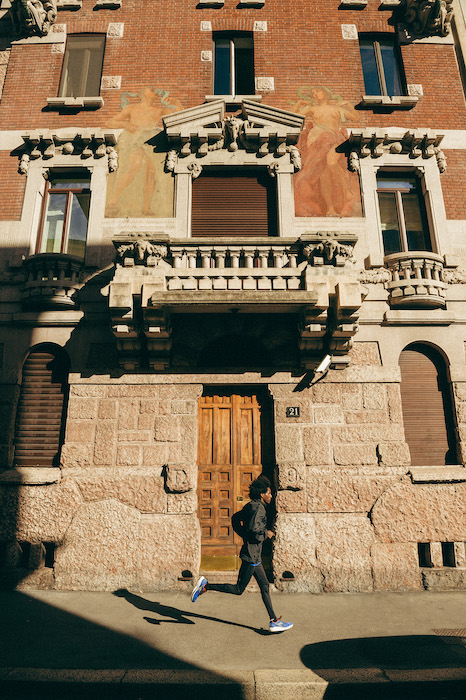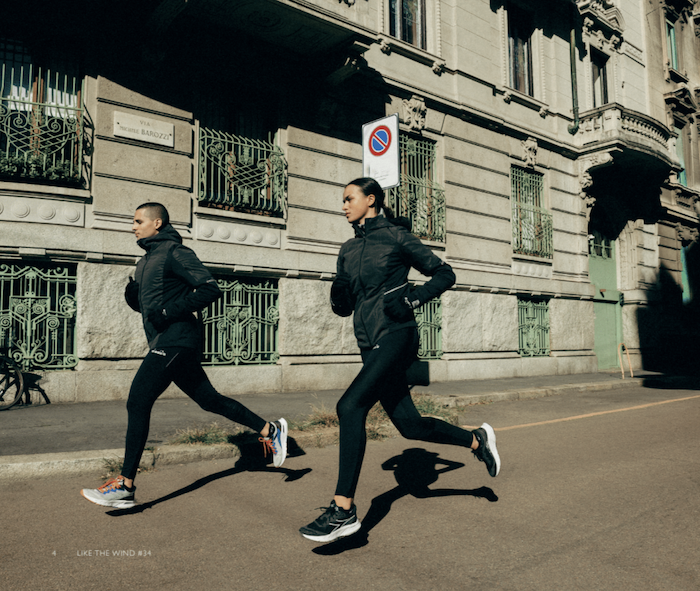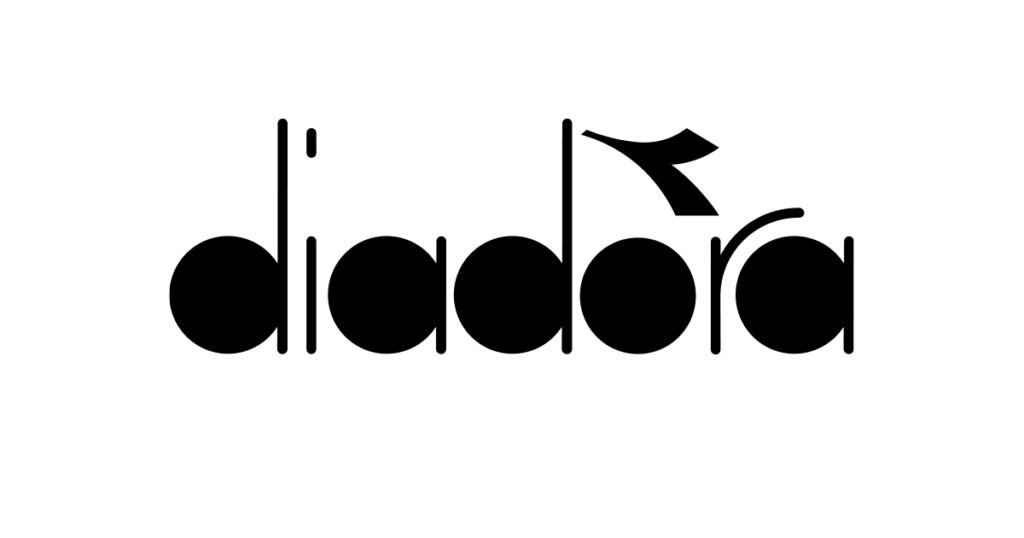Milano, Italy. September 2022. This city – like so many others around the world – represents a distillation of humanity. It is at times chaotic, angry and frustrating. At other times the city is quiet, contemplative… calm. People have lived in Milano for more than 2,500 years, yet still the municipality exists in a state of constant renewal. It is familiar and also ever-changing. Cities like Milano are repositories for millennia of history and at the same time engines of the future – places from which innovation springs forth. And it is through these cities that we run.
At the heart of Milano is the Duomo di Milano – the gothic cathedral that took 600 years to complete. Its massive marble façade towers over the Piazza del Duomo – the cobbled square that during the day is packed with tourists, pigeons and vendors. But in the early morning, there is a quiet emptiness, the only movement being a street cleaner readying the pavements for the crowds yet to come, or a delivery van dropping off stock to one of the shops that line the square. Just after dawn there is a calmness that invites the runner to take a deep breath and shake out their arms and legs. This is the heart of Milano, literally and figuratively. From here the streets radiate out like rays of light in every direction. The runner simply has to choose which way to go.

We run in cities, despite the challenges they present. Here in Milano, the city has evolved over centuries. Different factions have made their mark, shaping the city to fit their unique vision. Rulers changed the layout according to their requirements and the technology of the time. This legacy means that today many of Milano’s streets are paved with square stone blocks – the bane of many a fashionista’s life as they try to navigate the slabs in teetering heels. Then there are the metal rails of the tramways that criss-cross the city. Half of the entire network of distinctive yellow trams starts and finishes around the Piazza del Duomo. And during the day, Milano is a hive of tourism and commerce. The streets throb with thousands of locals and visitors, all focused on their individual goals. Shoppers cram the galleria and the covered arcades. Businesspeople rush from meeting to meeting. None of this would suggest Milano is ideal for running.
But in the pale dawn light, none of that matters. This is the time when Milano offers itself up to runners. A lone athlete – lost in contemplation – glides along the traffic-free footpath of the Naviglio Maresana waterway that connects the centre of Milano with the Adda river. A running group gathers – at the same spot every week – to share stories and then flows through the streets towards the Monte Stella, to the north-west of the centre, where the runners hit the hills that quieten the chatter and raise the heart rate.

These scenes are repeated around the world. In London, wide, flat pavements bordering the River Thames afford incomparable views of world-famous sights such as the Houses of Parliament or St Paul’s Cathedral, while the capital’s many parks provide splashes of green in the heart of the city. In New York, long, arrow-straight avenues run for miles through Manhattan, and Central Park offers meandering paths dedicated to running and cycling.
So here’s to the city. Not built for runners, yet ours nonetheless. We might have to pick our moment, but those of us who live and run in these metropolises understand that they are for us. We run through history. Through modernity. Alone or with others. But, more than anything, we run because the city is our place.
CREATED BY LIKE THE WIND IN PARTNERSHIP WITH DIADORA


